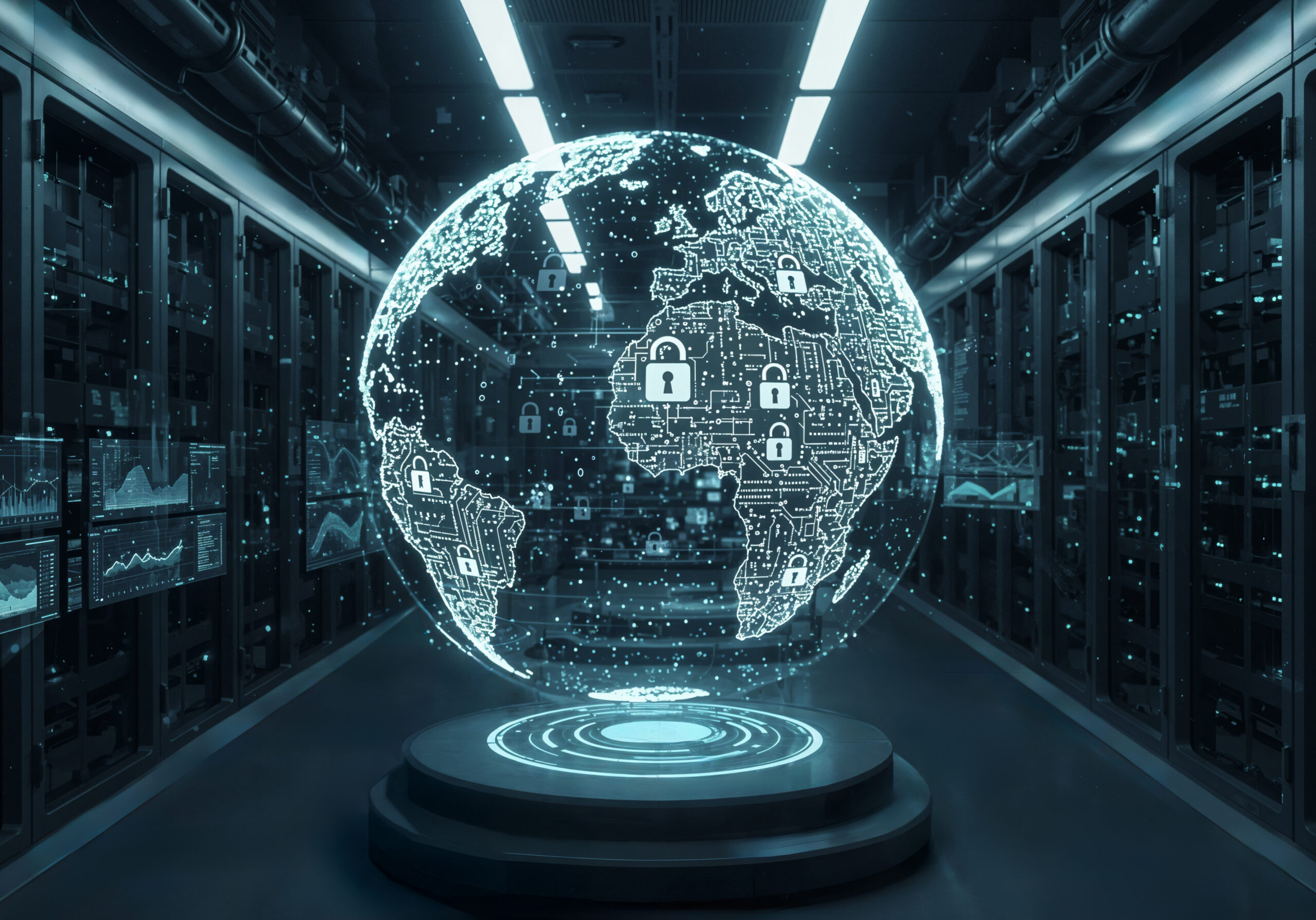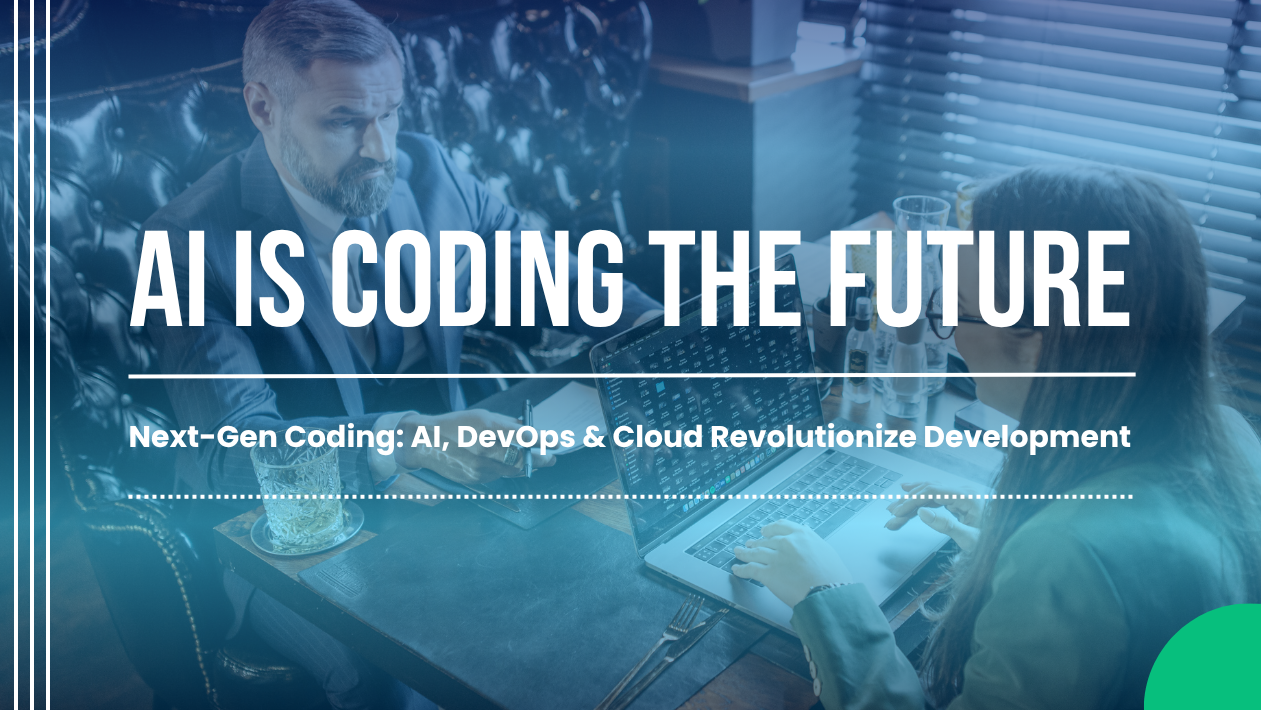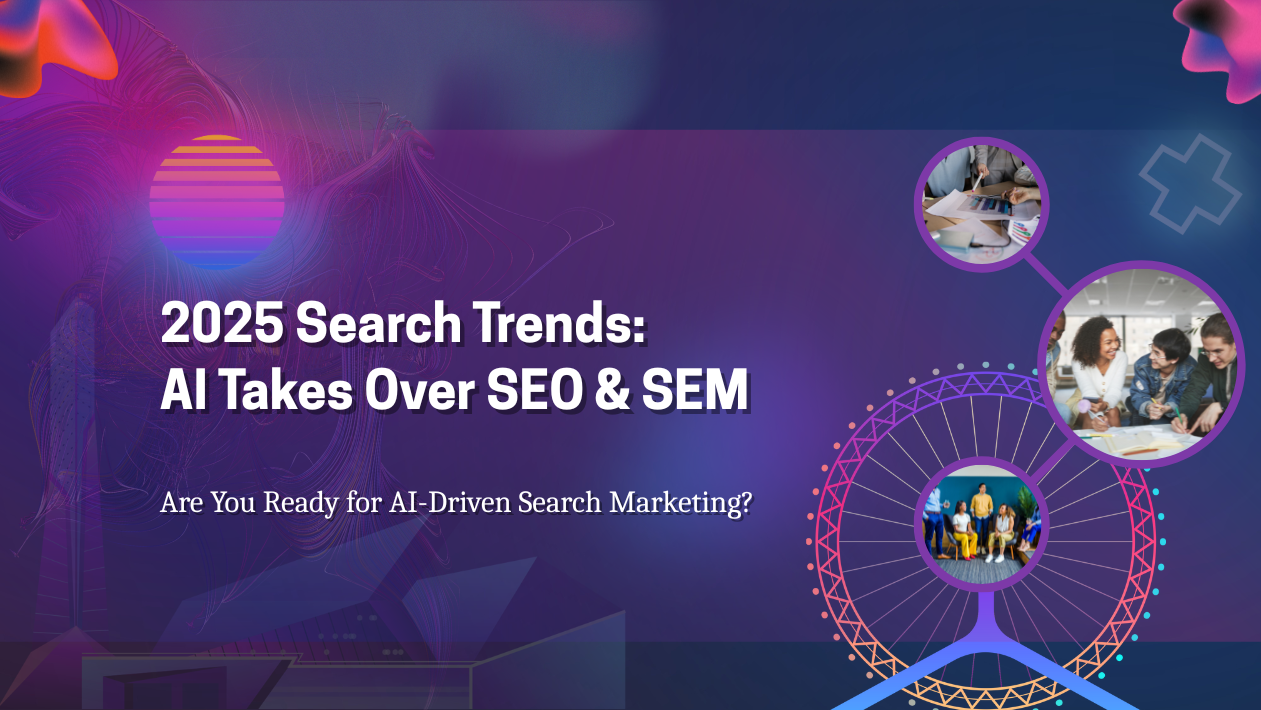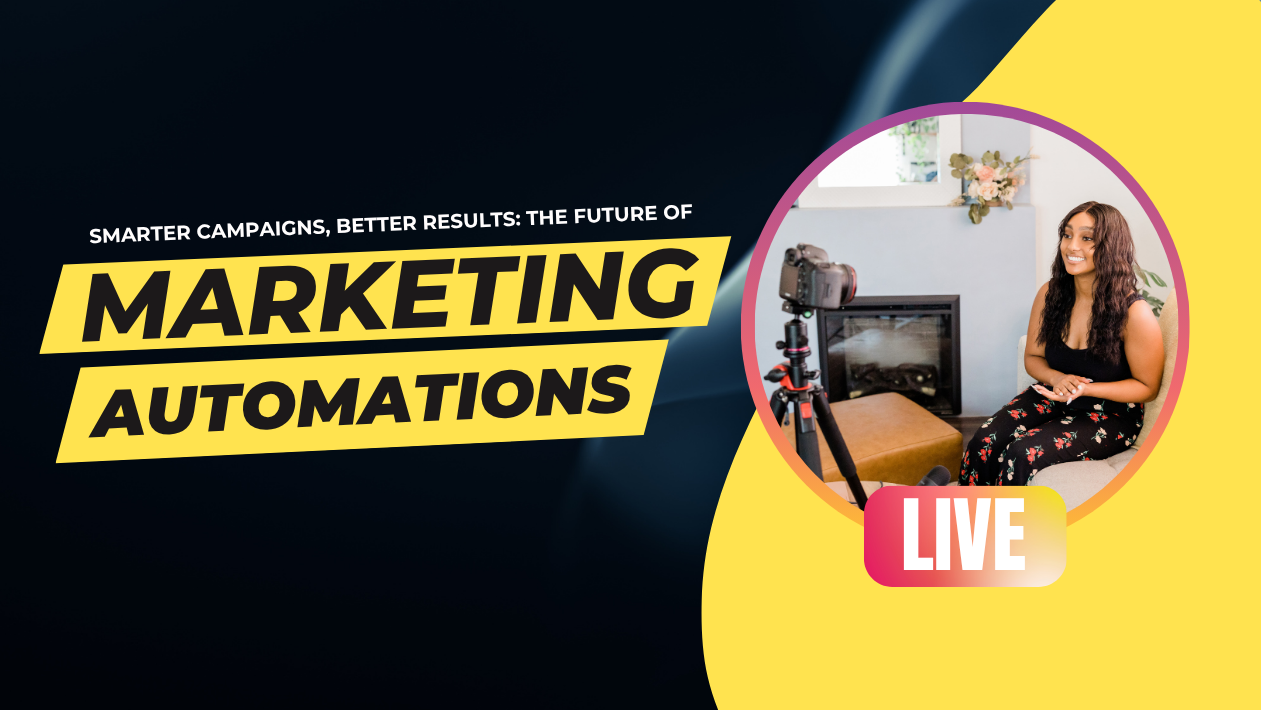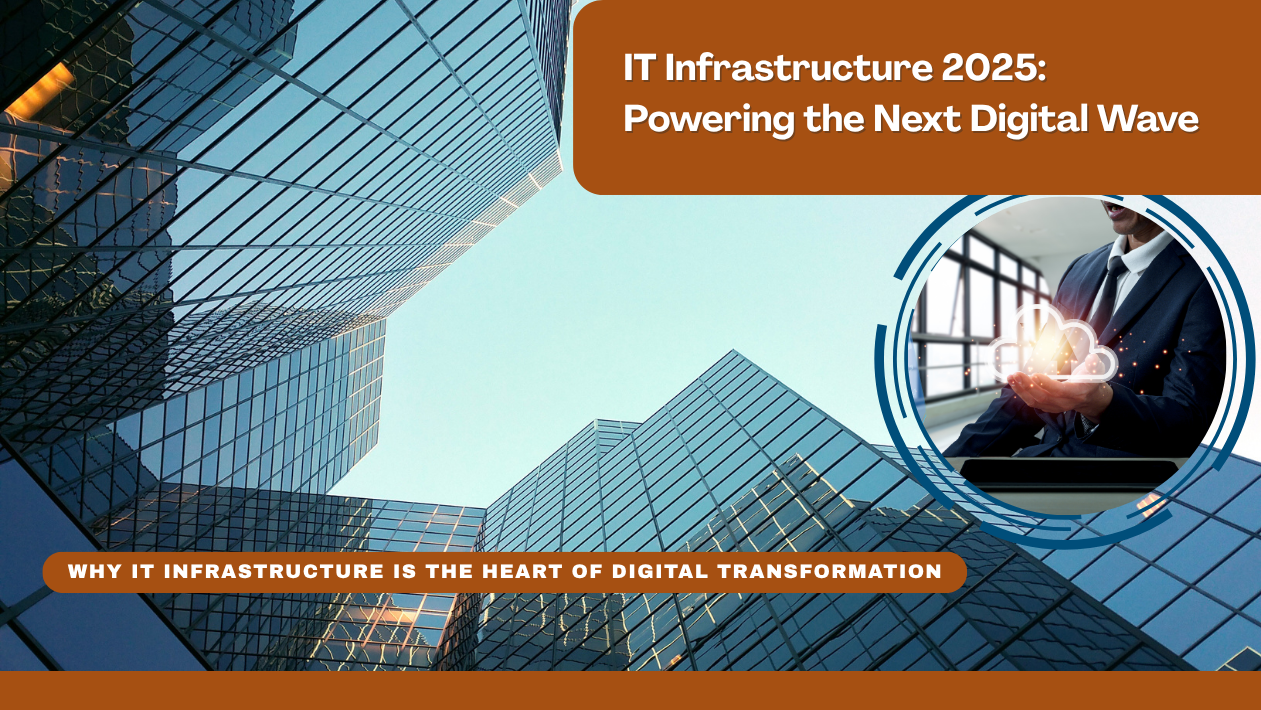As digital transformation accelerates across industries, global IT infrastructure is undergoing a significant evolution in 2025. Enterprises are rapidly adopting cloud-native architectures, AI-driven systems, and edge computing solutions to meet the growing demand for speed, scalability, and security.
According to recent market analysis, the global IT infrastructure market is expected to surpass $150 billion by 2027, fueled by a surge in enterprise modernization, remote work adoption, and the need for real-time data processing.
Cloud Infrastructure Becomes the Backbone of Modern Business
Public and hybrid cloud services, offered by tech giants such as Amazon Web Services (AWS), Microsoft Azure, and Google Cloud, are now central to IT strategies. Companies are shifting away from traditional on-premises servers to cloud-based platforms to reduce costs and enhance flexibility.
“Cloud infrastructure is no longer a luxury—it’s a necessity,” said Nina Patel, CTO of a fintech startup. “It allows us to scale on demand, stay resilient, and launch new services faster.”
AI and Automation Streamline IT Operations (AIOps)
AI and machine learning are playing a crucial role in modernizing infrastructure management. Tools powered by AIOps (Artificial Intelligence for IT Operations) are helping teams detect anomalies, predict outages, and automate routine tasks—improving uptime and reducing response time.
Platforms like IBM Instana, Datadog, and Splunk are leading the charge in providing intelligent observability and predictive maintenance capabilities.
Edge Computing Gains Traction in IoT and Real-Time Applications
With the explosion of IoT devices, 5G networks, and latency-sensitive applications like AR/VR, edge computing is becoming a critical part of IT infrastructure. By processing data closer to the source, edge systems reduce bandwidth needs and improve response times.
“Edge computing is the future of distributed IT,” said Marco Lin, Senior Analyst at IDC. “It complements cloud and provides real-time insights where they matter most—in factories, hospitals, and smart cities.”
Cybersecurity Remains a Top Priority
As IT environments become more complex, so do the threats. In 2025, cybersecurity is deeply integrated into infrastructure planning, with organizations investing in zero-trust architectures, encryption at every layer, and AI-based threat detection systems.
“Securing hybrid and multi-cloud environments is a top concern,” noted Sarah Kim, CISO of a global healthcare firm. “We’re embedding security into the infrastructure from day one.”
Sustainability and Green Data Centers on the Rise
Sustainability is also shaping IT infrastructure decisions. More companies are moving toward green data centers, renewable energy usage, and carbon footprint tracking to align with ESG goals and regulatory requirements.

